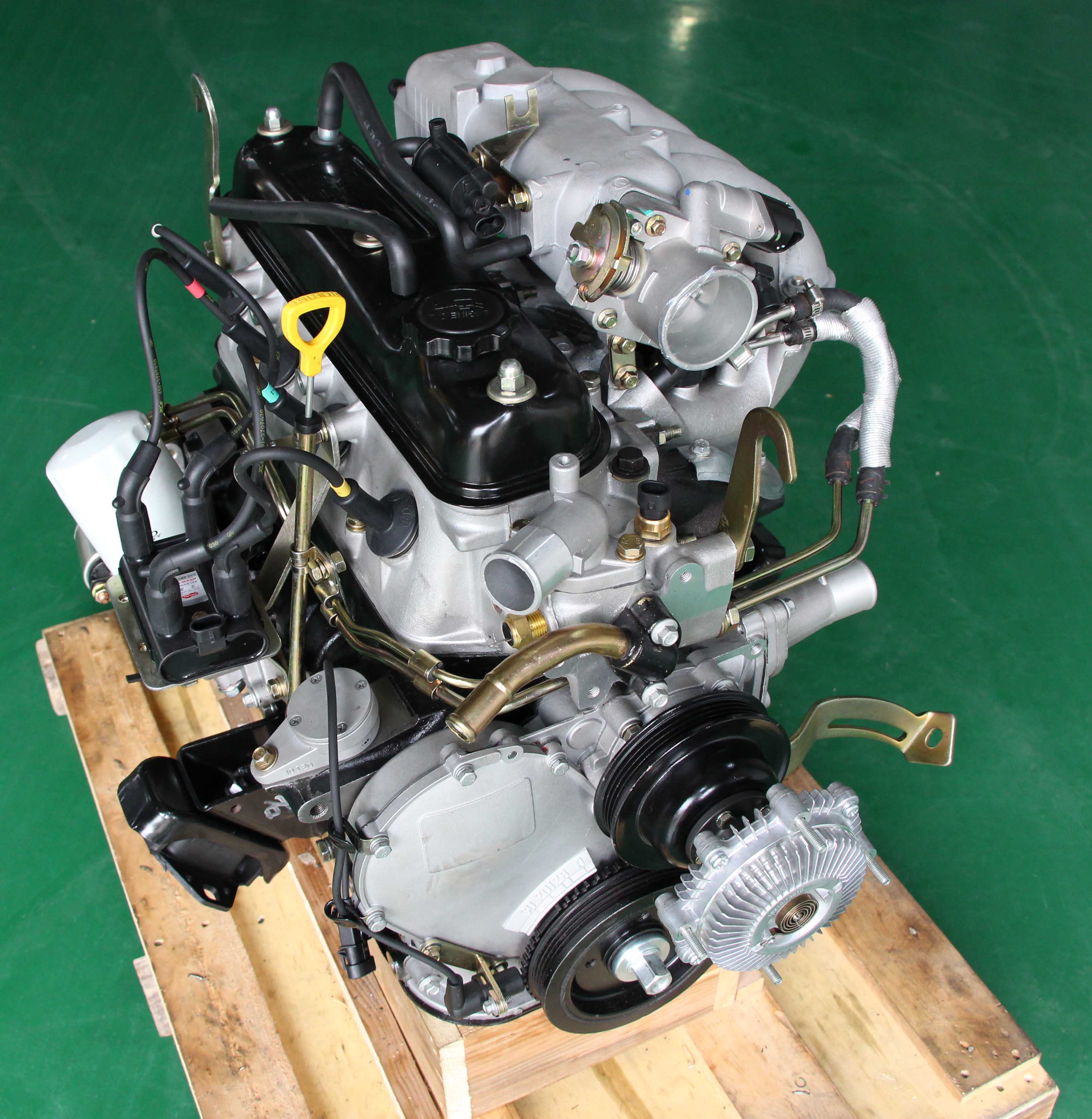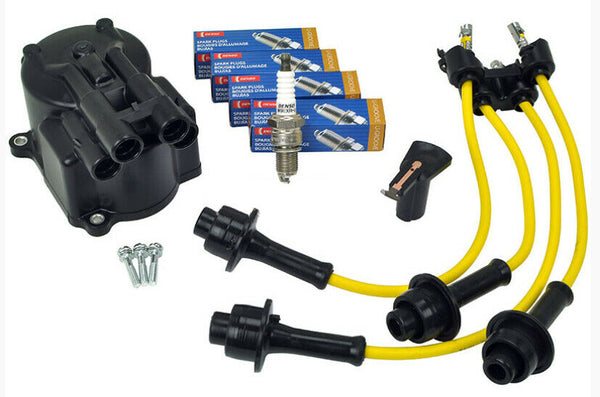The Ultimate Guide to the Engine: Secret Insights for each Cars And Truck Enthusiast
Recognizing the engine is basic for any kind of automotive enthusiast, as it serves as the heart of the car and dictates its performance. The complexities of engine dynamics and the latest advancements in technology present questions that merit further exploration.
Anatomy of an Engine
Comprehending the composition of an engine is critical for any kind of auto fanatic aiming to delve deeper right into automotive mechanics. An interior combustion engine mainly contains a number of essential components that operate in unison to transform fuel into power.
At the heart of this system exists the cylinder block, which houses the cyndrical tubes where burning happens. Piston movement within these cyndrical tubes is promoted by the crankshaft, which equates linear activity right into rotational energy. In addition, the camshaft plays an essential function in controlling the opening and closing of the engine's shutoffs, making certain appropriate air-fuel mix intake and exhaust gas expulsion.
Various other necessary components consist of the fuel system, which supplies the engine with the essential fuel, and the ignition system, responsible for starting combustion - 4y engine. The air conditioning and lubrication systems are also indispensable, preserving optimum operating temperatures and minimizing friction, specifically
Engine Types and Configurations
A varied range of engine kinds and configurations exists, each offering special advantages and downsides tailored to different driving demands and preferences. One of the most typical engine types consist of inline, V, flat, and rotating configurations.
Inline engines, including cyndrical tubes organized in a solitary line, are known for their simpleness and efficiency. They are frequently discovered in portable cars, using a balance of power and economic climate. V engines, identified by their two banks of cyndrical tubes arranged in a V shape, supply greater performance and smoother operation, making them prominent in sporting activities and luxury autos.
Flat engines, or boxer engines, have actually flat opposed cylinders, which contribute to a lower facility of gravity, boosting vehicle stability. These are frequently seen in brand names like Subaru and Porsche.
Rotating engines, although much less common, utilize a special layout with a triangular blades and deal high power-to-weight ratios. They master light-weight and small applications, mostly seen in Mazda lorries.
Each engine type serves particular efficiency features, weight distributions, and fuel effectiveness, making sure that auto fanatics can pick the right engine configuration to match their driving style and car demands.

Just How Engines Function
Engines, no matter their kind or setup, operate basic concepts that regulate their performance and efficiency. At their core, engines convert gas right into mechanical power with a series of controlled surges or compressions. This procedure commonly entails 4 major strokes: consumption, power, exhaust, and compression.
Throughout the intake stroke, the engine reels in a mixture of air and gas. The compression pop over here stroke complies with, where the mix is compressed in the cyndrical tube, boosting its temperature and pressure. useful site In the power stroke, a trigger stirs up the compressed mixture (in gasoline engines) or the mixture fires up spontaneously (in diesel engines), causing a fast expansion of gases that presses the piston down. The exhaust stroke removes the invested gases from the cylinder. 4y engine.
The efficiency of an engine is affected by various variables, consisting of the design of the combustion chamber, the sort of gas made use of, and the precision of the engine's parts. Recognizing these fundamental concepts is vital for automobile enthusiasts who look for to appreciate the complex mechanics behind their automobiles, as well as for those aiming to boost performance with alterations and tuning.
Advancements in Engine Technology
In recent years, innovations in engine innovation have actually significantly transformed the vehicle landscape, boosting both performance and environmental sustainability. One of one of the most notable developments is the advancement of turbocharging and supercharging, which permits smaller sized engines to produce higher power outcomes without giving up gas efficiency. This has led to a rise in the popularity of scaled down engines, providing producers with the capability to fulfill strict exhausts regulations while keeping performance standards.
Furthermore, crossbreed and electrical powertrains are improving the engine standard. Hybrid systems incorporate internal burning engines with electrical motors, maximizing gas consumption and minimizing discharges. Completely electrical vehicles (EVs) remove the burning engine completely, depending on sophisticated battery innovation to provide instant torque and outstanding acceleration.
Additionally, the integration of expert system and artificial intelligence in engine monitoring systems permits for real-time optimization of efficiency criteria, boosting performance and responsiveness. Technologies such as variable shutoff timing and straight fuel injection further refine burning procedures, optimizing power outcome while decreasing waste.
As the automotive industry remains to develop, these developments in engine technology will certainly play a critical function fit the future of flexibility, focusing on both performance and sustainability.
Upkeep Tips for Lovers
Keeping an engine is as essential as the developments that boost its performance. Routine upkeep not only extends the life of your engine but likewise makes certain optimal performance.
Replace and inspect air filters occasionally to make certain proper airflow, which is important for burning performance. A clogged air filter can lead to decreased performance and enhanced fuel consumption. Keep an eye on the coolant degrees to stop getting too hot, and replace coolant according to the service routine. 4y engine.

Final Thought
In conclusion, a detailed understanding of engine useful reference anatomy, kinds, and mechanics is necessary for automotive lovers. Normal maintenance methods, consisting of oil changes and air filter checks, are important for ensuring ideal engine capability and longevity.

Engines, regardless of their type or setup, run on basic concepts that control their efficiency and performance. In the power stroke, a trigger stirs up the pressed blend (in fuel engines) or the blend stirs up automatically (in diesel engines), resulting in a quick development of gases that presses the piston down.In recent years, improvements in engine innovation have considerably transformed the automobile landscape, enhancing both performance and ecological sustainability.